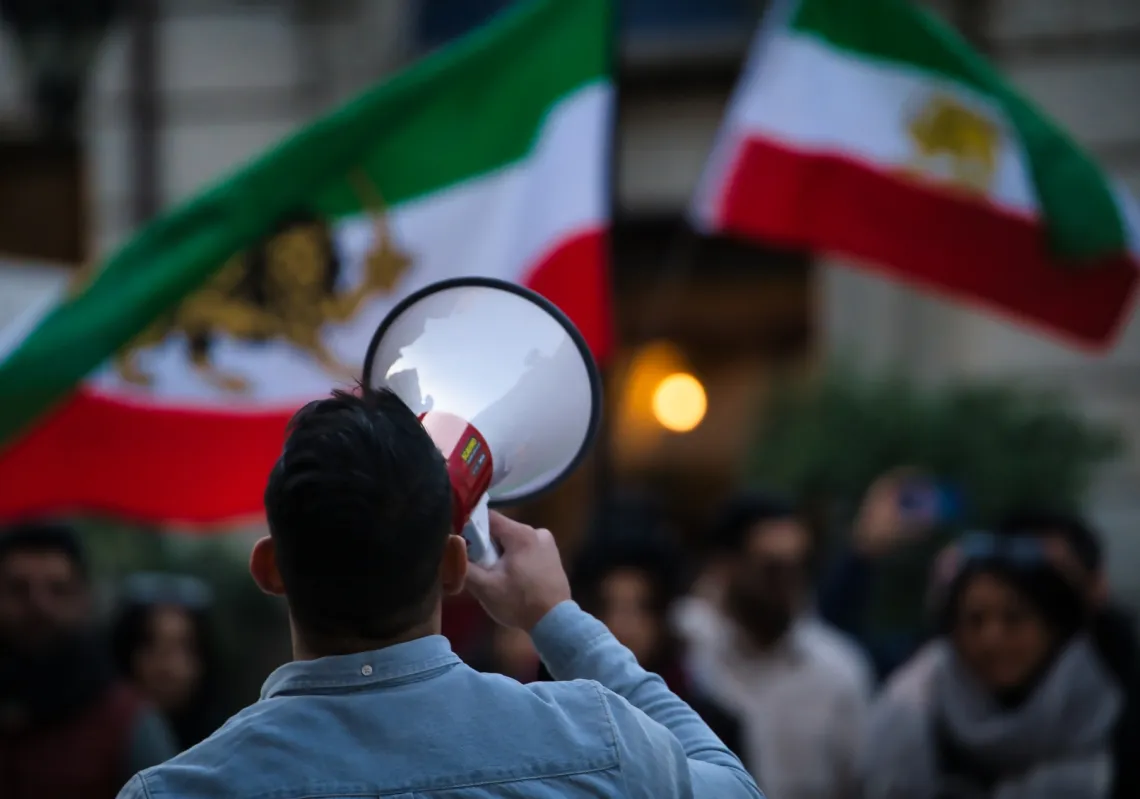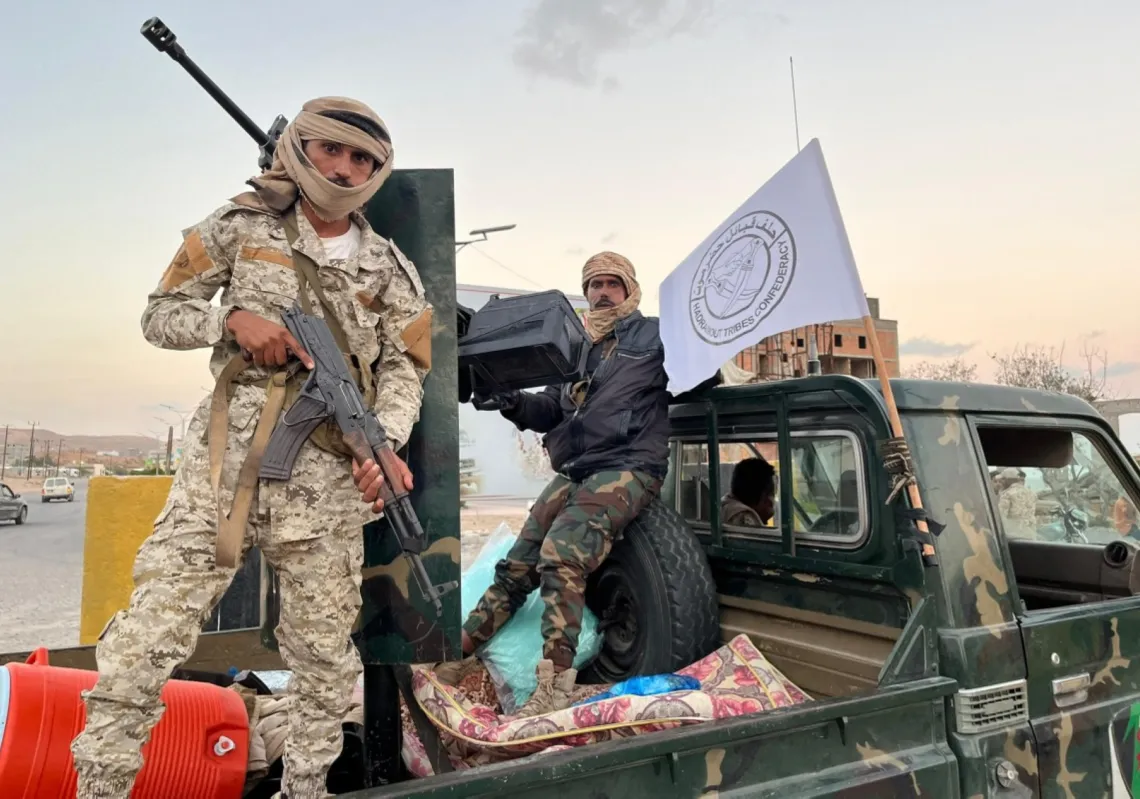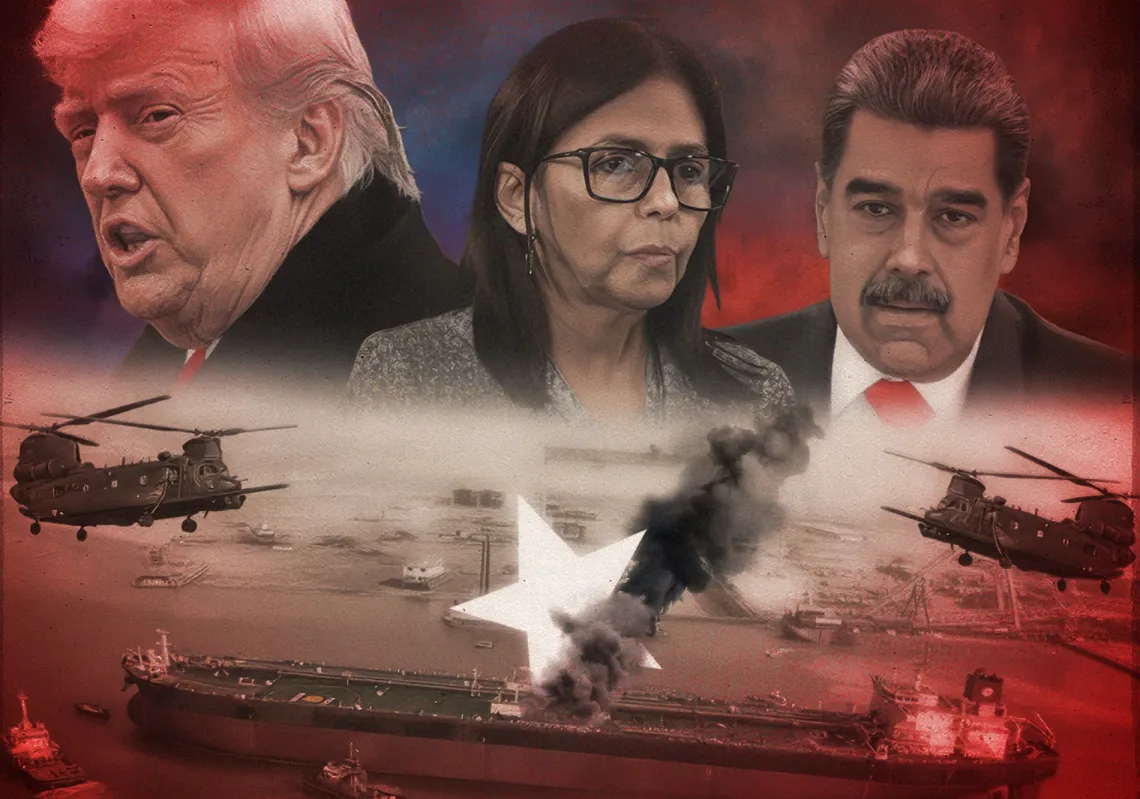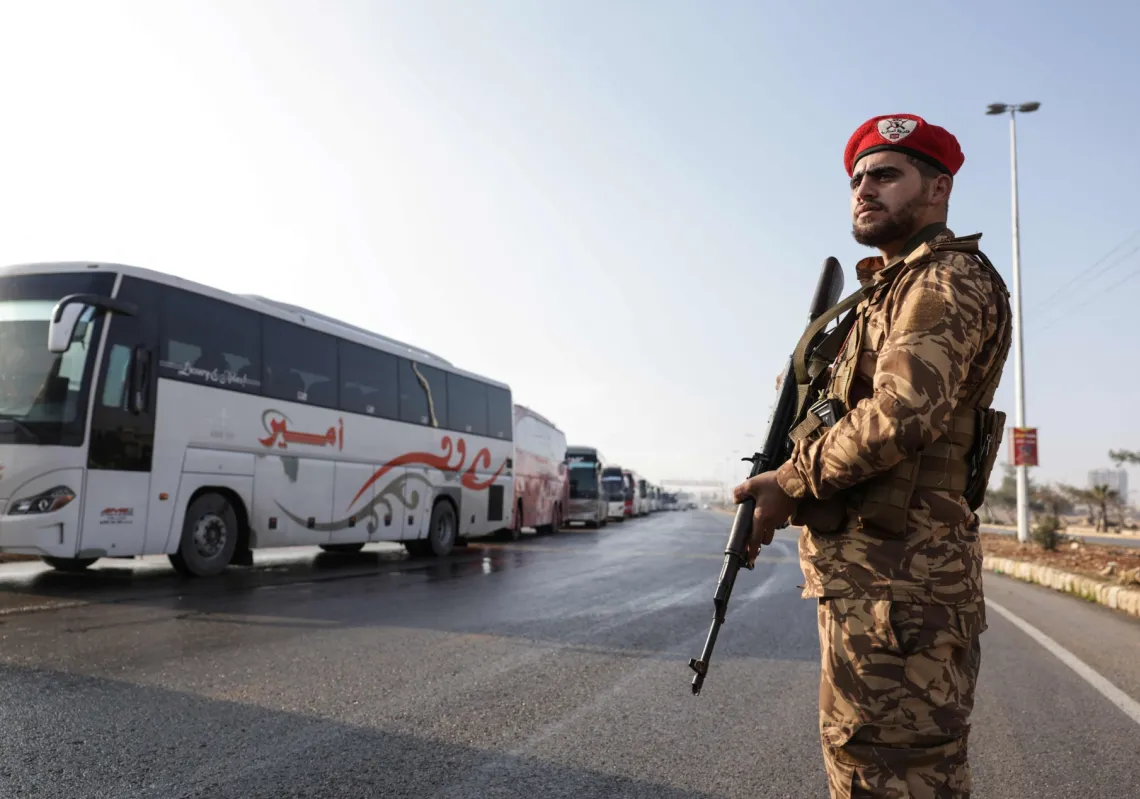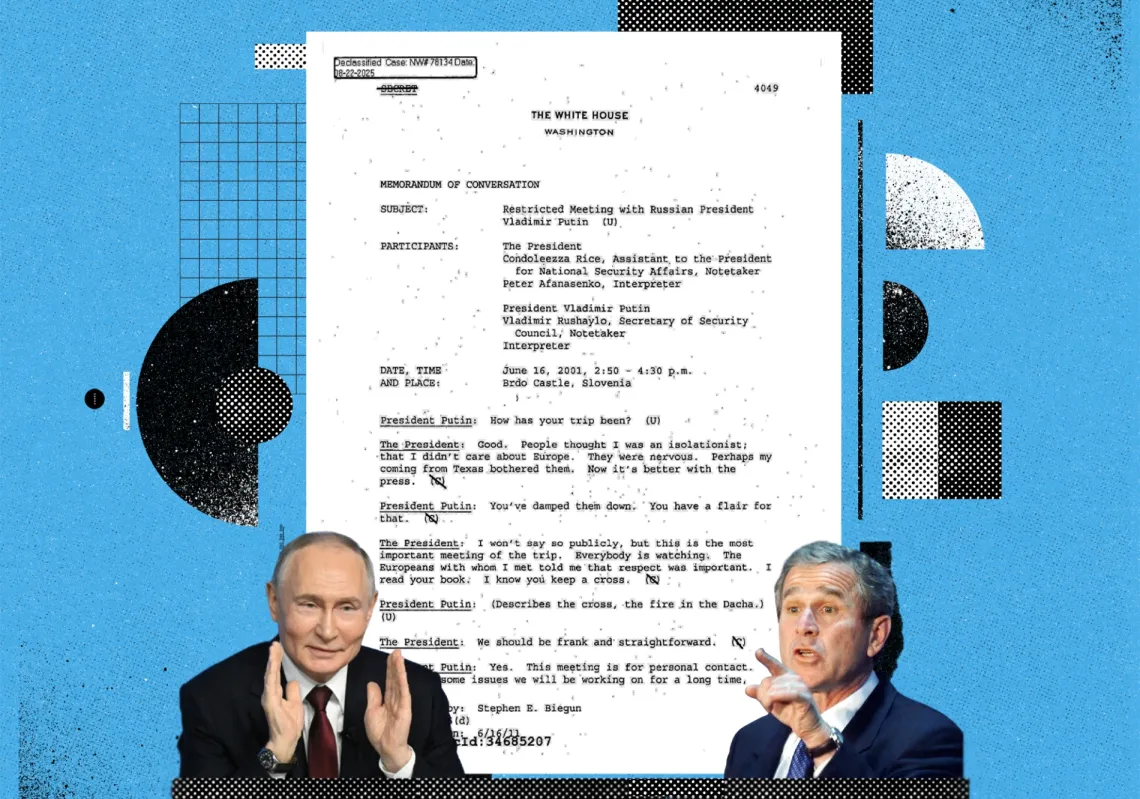More than 580 Palestinians have been killed while seeking aid since a new Israeli-backed aid distribution system began operating in the Gaza Strip on 26 May, with hundreds more injured from gunshot and shrapnel wounds. Palestinians now call these centres ‘death traps,’ with Israeli tanks aiming their barrels at them as drones hover overhead.
The new Gaza Humanitarian Foundation (GHF), run by an American Christian leader, replaced more than 400 aid distribution points dotted around the Gaza Strip with just a handful of new centres. It claims to have delivered more than 52 million meals, but 210 international humanitarian organisations, including many of the world’s largest charities, have called for it to be disbanded, in part because the centres are deemed too dangerous.
“Today, Palestinians in Gaza face an impossible choice: starve or risk being shot while trying desperately to reach food to feed their families,” they wrote in a joint letter titled Starvation of Gunfire. “Orphaned children and caregivers are among the dead, with children harmed in over half the attacks on civilians at these sites.” It is little wonder that Palestinians in Gaza now call them “death traps”.
UN aid delivery
Seeking food in Gaza did not always mean risking death. For three-quarters of a century, the UN Relief and Works Agency for Palestine Refugees (UNRWA) has been the primary provider of relief, health, and education services to Palestinian refugees across both the occupied territories and the diaspora.
In the Gaza Strip, after the 2007 blockade imposed after Hamas assumed governance of the territory, UNRWA and other international organisations rose to meet the basic needs of Palestinians in Gaza despite Israel’s severe restrictions on imports. From 2008-22, during which there were four wars between Israel and Hamas, UNRWA and others ensured aid deliveries according to plans designed to reach those most in need.

Following the events of October 7, 2023, the most ferocious bombing and fighting (including Israel’s ground invasion) led to the mass displacement of most of the population and a collapse in the Strip’s internal security, law, and order. UNRWA, humanitarian organisations, and their staff in Gaza faced immense challenges.
Relief operations were disrupted, the role of international humanitarian organisations in Gaza was reduced, UNRWA’s activities were suspended, and the Israeli military instituted comprehensive blockades preventing aid deliveries. One such blockade, earlier this year, lasted for 11 weeks.
New GHF system
In early 2025, the Gaza Humanitarian Foundation (GHF) was established with the support of Israel and the United States to oversee the distribution of aid through selected centres equipped with biometric monitoring systems and armed security. The idea was to break Hamas’s stranglehold on aid.
The GHF does not produce or procure aid independently; rather, it relies on transfers from international relief bodies such as UNRWA, the World Food Programme (WFP), and the International Committee of the Red Cross (ICRC), as well as from American, European, and Arab government donors.
Its focus is on managing the distribution process, but it deviates from standard humanitarian methods in that it adopts a non‑humanitarian approach, repackaging and managing aid distribution through a rigid digital‑biometric system based on recipients' physical or behavioural characteristics.











